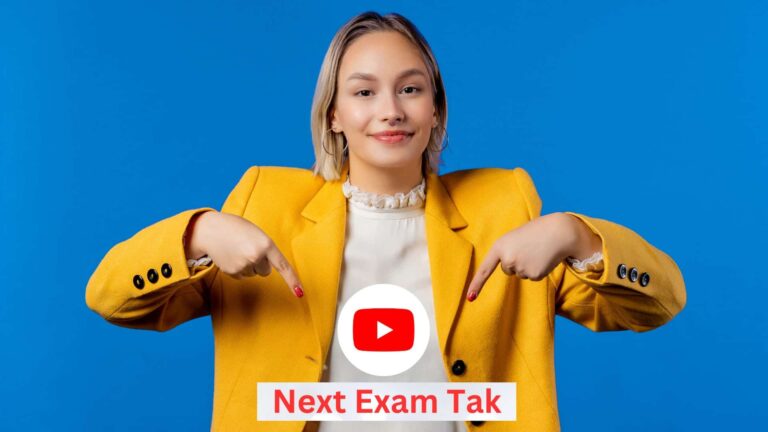Sponsorship Letter: Crafting a Persuasive Pitch
1. Introduction
Are you seeking financial support or resources for your event, project, or cause? A well-crafted sponsorship letter could be your ticket to securing the backing you need. In this guide, we’ll explore the art of writing a compelling sponsorship letter that grabs attention and persuades sponsors to partner with you.
2. Understanding Sponsorship
2.1 What is a Sponsorship Letter?
Before diving into the nitty-gritty of writing one, let’s clarify what exactly a sponsorship letter is. Essentially, it’s a formal request sent to potential sponsors, outlining your event, project, or cause and proposing a mutually beneficial partnership.
2.2 Importance of Sponsorship Letters
Sponsorship letters serve as your initial point of contact with potential sponsors. They provide an opportunity to showcase your organization or event, express your passion, and make a persuasive case for why the sponsor should get involved.
3. Crafting Your Sponsorship Letter
Crafting a sponsorship letter requires careful attention to detail and persuasion techniques. Here are some key aspects to consider:
3.1 Personalization and Customization
Tailor each sponsorship letter to the specific sponsor you’re targeting. Research their interests, values, and previous sponsorships to demonstrate your understanding and align your proposal with their objectives.
3.2 Clarity and Conciseness
Keep your letter clear, concise, and to the point. Avoid unnecessary jargon or lengthy paragraphs that may dilute your message. Get straight to the heart of why your event or cause deserves sponsorship.
3.3 Call to Action
Include a clear call to action that prompts the sponsor to take the next step, whether it’s scheduling a meeting, making a donation, or committing to sponsorship.
4. Structure of a Sponsorship Letter
A well-structured sponsorship letter follows a logical sequence that captures the sponsor’s attention and guides them through your proposal.
4.1 Introduction and Greeting
Start your letter with a warm greeting, addressing the sponsor by name if possible. Establish a friendly tone to create a connection from the outset.
4.2 Introduction of Yourself/Organization
Introduce yourself or your organization and provide a brief overview of your mission, values, and accomplishments. Highlight what sets you apart and why the sponsor should take an interest in supporting you.
4.3 Description of Event or Project
Provide a detailed description of your event, project, or cause, including its objectives, target audience, and expected outcomes. Paint a compelling picture that captures the sponsor’s imagination.
4.4 Value Proposition
Clearly outline the benefits of sponsorship, emphasizing the value that the sponsor will receive in return for their support. This could include brand exposure, networking opportunities, or alignment with a worthy cause.
4.5 Benefits and Recognition Offered
Detail the specific benefits and recognition that sponsors can expect, such as logo placement, mentions in marketing materials, or VIP perks at the event.
4.6 Conclusion and Gratitude
Wrap up your letter with a sincere expression of gratitude for the sponsor’s consideration and support. Reiterate your enthusiasm for the partnership and invite further discussion.
5. Key Elements to Include
When writing a sponsorship letter, be sure to include the following key elements:
5.1 Contact Information
Provide clear contact information so that sponsors can easily reach out to you with any questions or concerns.
5.2 Clear Objectives
Clearly state your objectives and what you hope to achieve through the sponsorship, whether it’s raising funds, increasing awareness, or building relationships.
5.3 Target Audience
Describe your target audience and why the sponsor’s involvement would be meaningful to them. Highlight any demographic or psychographic information that may be relevant.
6. Tips for Writing a Compelling Sponsorship Letter
Here are some tips to help you craft a compelling sponsorship letter that stands out:
6.1 Research and Personalization
Do your homework and tailor your letter to each individual sponsor. Personalization shows that you’ve taken the time to understand their needs and interests.
6.2 Clear and Professional Tone
Maintain a professional tone throughout your letter, but don’t be afraid to inject some personality and enthusiasm. Let your passion shine through!
6.3 Highlighting Benefits
Focus on the benefits that sponsorship will bring to the sponsor, rather than just listing your own needs. What’s in it for them?
6.4 Proofreading and Editing
Before sending out your letter, carefully proofread and edit it to ensure clarity, coherence, and correctness. Typos or grammatical errors can detract from your credibility.
7. Sample Sponsorship Letter
To help you get started, here’s a basic template for a sponsorship letter:
[Sample Sponsorship Letter]
8. Conclusion
Writing a compelling sponsorship letter is a skill that can open doors and opportunities for your organization or cause. By following the tips and guidelines outlined in this article, you can create a persuasive pitch that attracts sponsors and helps you achieve your goals.
9. FAQs
Q1: How long should a sponsorship letter be?
A1: Aim for conciseness while ensuring all essential information is included. Generally, one page is sufficient, but it may vary based on the complexity of your proposal.
Q2: Should I follow up after sending a sponsorship letter?
A2: Yes, it’s a good idea to follow up with potential sponsors to ensure they received your letter and to answer any questions they may have.
Q3: Can I use email for sending sponsorship letters?
A3: Yes, email can be an effective way to send sponsorship letters, especially if you need to reach a large number of potential sponsors quickly.
Q4: How far in advance should I send a sponsorship letter before my event or project?
A4: It’s best to send sponsorship letters several months in advance to give sponsors time to consider your proposal and make a decision.
Q5: What should I do if I don’t receive a response to my sponsorship letter?
A5: If you don’t receive a response within a reasonable timeframe, it’s acceptable to follow up politely to inquire about their interest and offer further information if needed.







